After being here 26 years now I have heard a lot of questions/comments about malnutrition. I want to list a few of those question/comments here then share a story with you about a recent child that was admitted for inpatient care for the 3rd time in her short life. It is just a normal story of a readmitted child to get a little idea of what the family is dealing with. The story is told to me by her mother. I hope it can give you an idea of why things like this happen and how there is no quick fix to solving malnutrition.
Why do they have so many children? Why don’t they just feed their kids? Why don’t they come earlier? Why are they letting their child die? We can just give them money or food and that will solve the problem right? Why don’t they use the produce from their gardens to feed their families? Don’t they care when their child dies?
A staff member came and told me there was a sick child at the gate. They said she looked bad and wanted me to come see her quickly. Another staff member said you will know who she is she has been here before. As I am walking to the gate I wonder who it could be. Is it a child we just sent home a few weeks ago? Is it someone from years ago? How far have they traveled? Why did they not come sooner? When I arrived I see a sick little girl named L. I remember her. She is very swollen with edema throughout most of her body. She is crying and in pain from the long trip. I get an emergency card so that she can pass in front of others to be seen quickly. Her mom is hot and sweating from the long trip. A few of the staff come over to see her and are sad to see she is sick again. We walk together in silence to the front desk. She pulls out a index card that has the info needed to pull her chart/records from the past years.
Once the chart is pulled from the file cabinets and I know she will go through the process to get in to see the provider I decided to return to work. Before I go back to the office I tell the nurse to check her blood glucose levels. Often times these levels are extremely low or high with malnutrition. Thankfully she is normal for today. She makes her way through the process of being weighed, height recorded, arm cm recorded and then sits on the bench to be seen by the provider. There are 5 patients in front of her and she waits. Once she is inside the consultation room and has decided to accept inpatient treatment once again I go in to see her. I say hello and ask what is going on. Her first story is that she had to leave to find work and that she left the child with the father. She said she just went back home and found her this way. After awhile her story changed again.( This happens often) She said she was embarrassed to share the truth so made up the story so people would not think she was a bad person.
L. first came to the clinic in 2019. At that time she was 17 months old and her mom had stopped breastfeeding her because she was pregnant with her 10th child. At her first visit she had severe edema due to kwashiorkor. She stayed here for inpatient care for 2 months and then returned home. She recovered without complications. She came back for her 1 month appointment and had edema and kwashiorkor again. Her mom had just had a baby and found it difficult to care for the children. She was readmitted and stayed 4 month this time. Each time they go through a bout of kwashiorkor or malnutrition it is harder for the body to recover and heal. When she returned home the second time her parents felt better about caring for her and being able to meet her needs and they did well for 18 months, before she became ill for the third time.
A bit of family history. The family lives 5 hours away from the clinic. They travel to the clinic first by foot. They walked as far as they can on a dirt path to get to a road that a motorcycle can pass on. The motorcycle driver goes up and down the road transporting people out to a bigger road. Once they arrive to the road then they can get a tap-tap (taxi) to get to the clinic. There are 8 living children and 2 that have died over the years. The family lives in a 4 room home made of clay, rocks and is covered with a tin roof. They do not have running water at their home or a flush toliet, but do have an outhouse. They walk 1 hour (to a source) to get water for their home. They take gallons and 5 gallon buckets to retrieve the water. They walk by foot and carry the water on their heads back to their home. The family are farmers. They grow beans, corn and roots in their gardens. All the gardening is done by hand in the hot sun. Many field are big so farmers work together to help each other hoe and prepare the ground by hand and then the woman will plant the seeds by hand. The owner of the field that day will have someone come made food for everyone. Once the crop is harvested by hand they will dry some of the corn and beans to save for a later date and the rest will be sold. Each day, Monday thru Saturday, they get up before the sun is out and begin their day by foot to a local open air market. They carry the produce on their head and/or an horse to arrive at the market. The hope is to sell what they carried and return home with money or other food they purchased. They sell as much and they can to make money. Sometimes they will sell all they have to pay off debts they have or to pay for their children school or other large expenses. Often times L’s mom will purchase white rice with the money she has made to cook for the children. Most days she can add beans to the rice, but sometimes she does not have a lot. Buying the white rice and cooking it for her kids will at least make sure their stomachs are full and they will not cry from hunger. Most days she arrives home after dark from the markets. If no one has cooked a meal she will gather wood and sticks to make a fire on the ground with three rocks to hold a pot. If she decides to do a normal meal with beans and sauce it will take about 2 hours to complete. Then she must get up the next morning to start her day again. It is not uncommon for the older children to care for the younger ones during the day while the parents are away.
So why did L. fall back into malnutrition again after being well for many months? Why do they have so many children? Ideas have changed over the years I have been here and in general many are having less children and caring for those they have well. In the years past it was not uncommon to here of woman having 12 to 15 children. Health care and general living has been hard for many years. So you rarely met a family that had not lost several children in the years past. In the past there were not many option for treating malnutrition, fevers, diarrhea and other illness that can cause death long term if left untreated. So many children died. The fear of growing old with no one to care for you is a concern of many here in Haiti, so some have more children for that reason. So L’s mom said they had to choose 2 of the children in the 8 to send to school long term. The others went for a few years but there is not money now to send them. The hope for the 2 that are educated is that they can leave Haiti and find work in another country. Then those 2 be able to first send money to help the family out and later be able to get the other children out of Haiti to live with them. Much of their hope is resting in this plan. So the first child has begun the process of leaving. This involves getting paperwork done, passports, visa, plane tickets, paying someone to help them get set up etc. This all has caused a great burden on the family but to the parents, this is the only way to end the misery for their children, the parents feel for themselves it is to late but their children have a chance. Paying for all of this has left less food for them to feed their family and children and the youngest seem to suffer the most. I am glad she told me the true story and not a made up one. It is good to understand what is happening to know if we can offer any suggestion or help.
After we all decided that she needs to be admitted for inpatient care, L goes to the lab to get some blood work done before being taken to her bed. She is very tired and weak and goes right to sleep. For the first few days she has vital signs checked every 3 hours, glucose monitoring every 3 hours, special F75 therapeutic milk every 2 hours. She refused any liquids on day 2 and an NG tube is placed so we can get the nutrition she needs into her body. This tube goes into her nose and down into her stomach. She sleeps often and is in some discomfort due to the edema. She does not want to be held or touched much. On day 5 she transitions to medika mamba, she should get 4 bags a day but we start slowly with 1/2 a bag. She still refuses to each much. On day 6 she decides it is time to eat on her own and pulls out her NG tube. We observe her for two meal times to see if she is eating enough and she is and that is where we are today. Day 6. Do we hope and pray she will make it. YES! Do we think she will, to early to tell right now. She is so fragile at this point.
If there is one thing I have learned over the years it is that we cannot love the child more than their parent/caregiver. They have to be the ones to make the change. Money does not do it, it helps but is a bandaid to the real problems the families are facing. Food does help, but is also is a bandaid to the real life issues they are dealing with everyday. Do I know how to fix these issues, nope, each family is different and has different needs. Can it happen, can they do it. YES! Malnutrition can not be fixed quickly, or easily. We have been in Cazale now for 25 years. During that 25 year time the malnutrition has decreased by about 30%. Little by little change happens and what is lasting will never happen quickly.


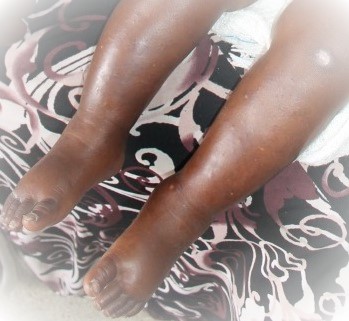

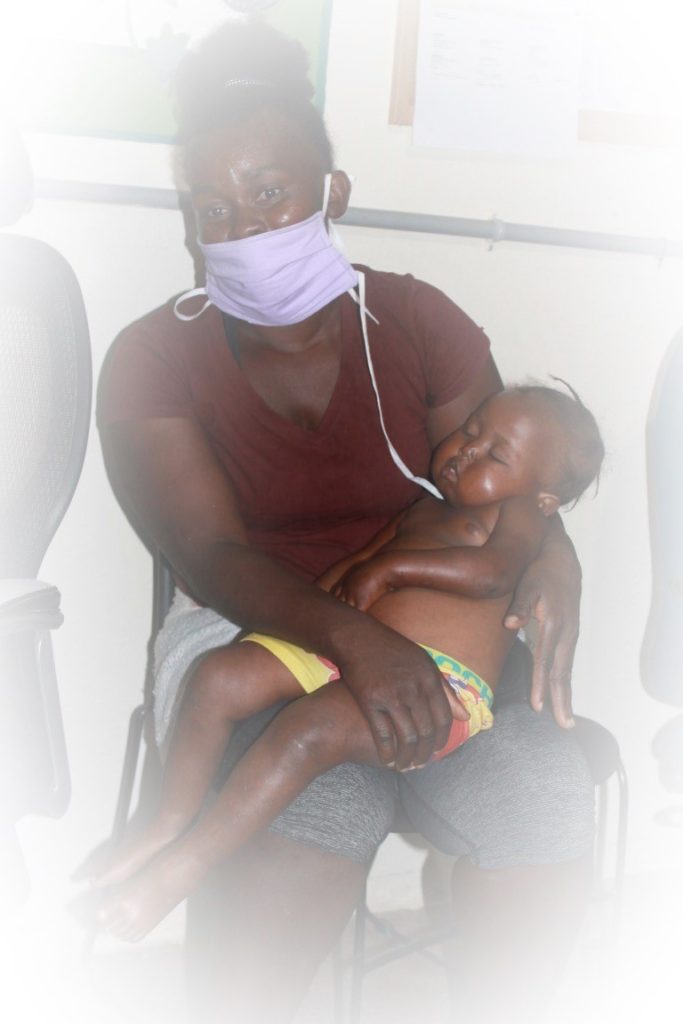
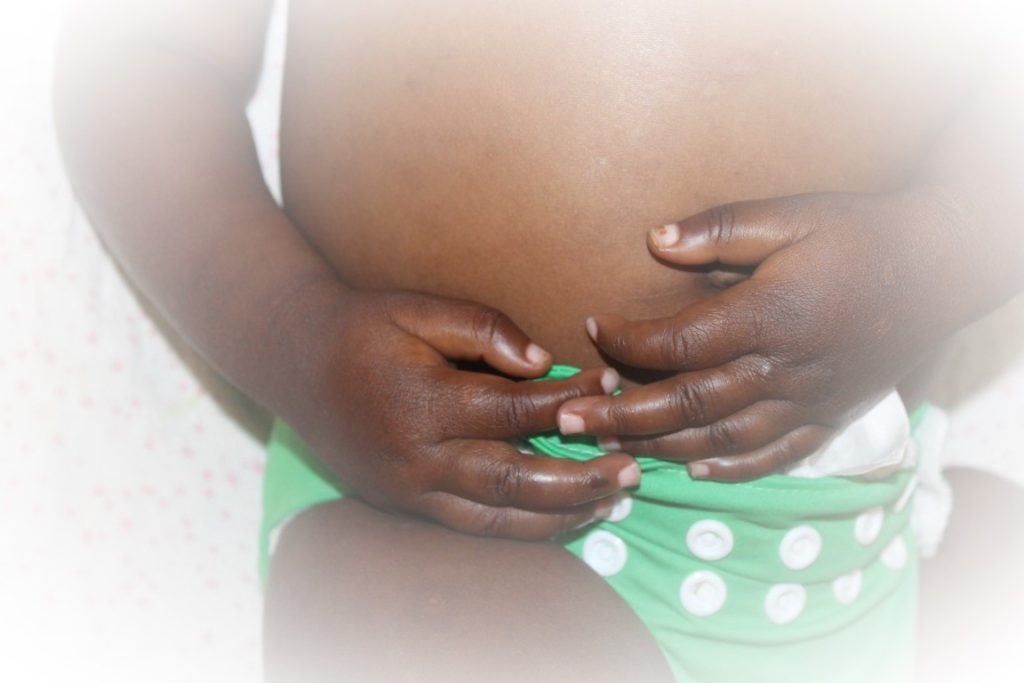
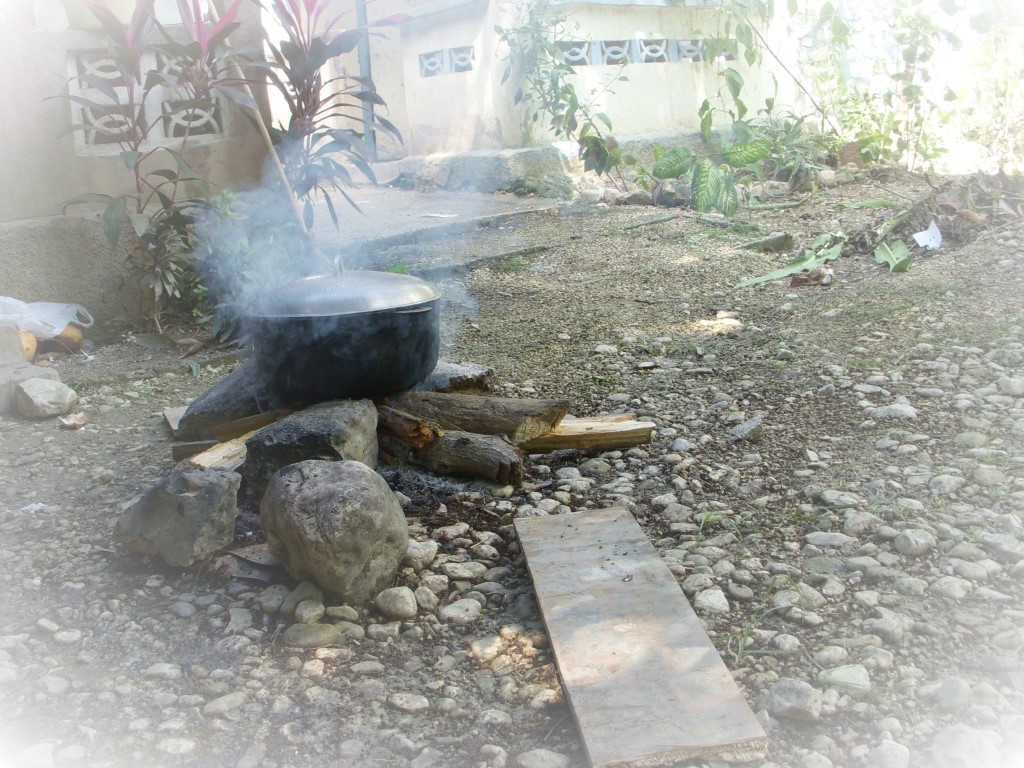
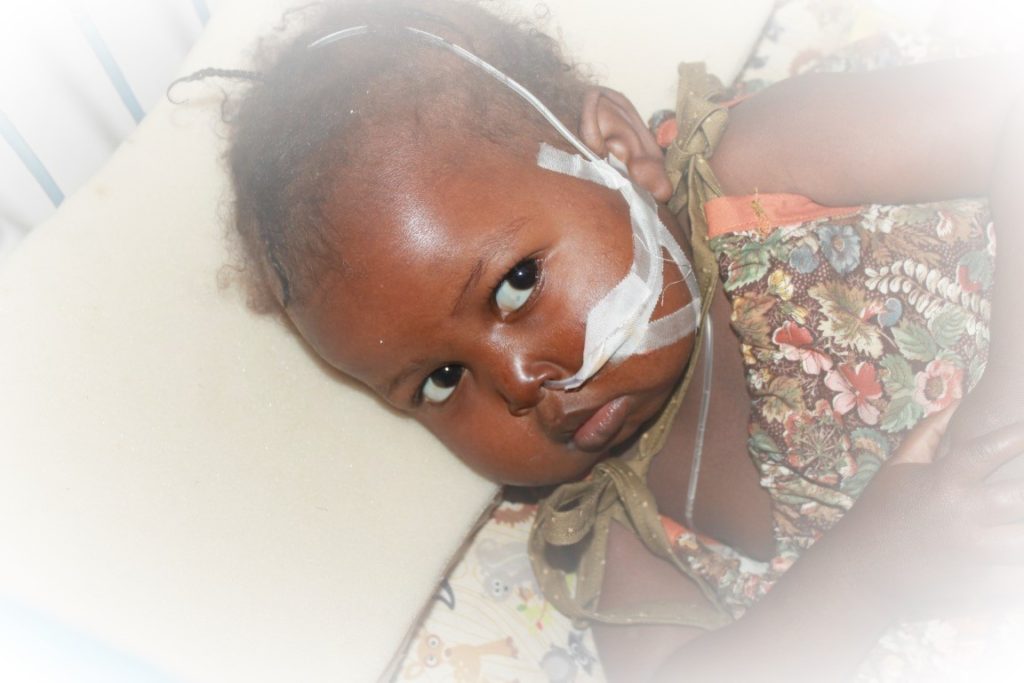
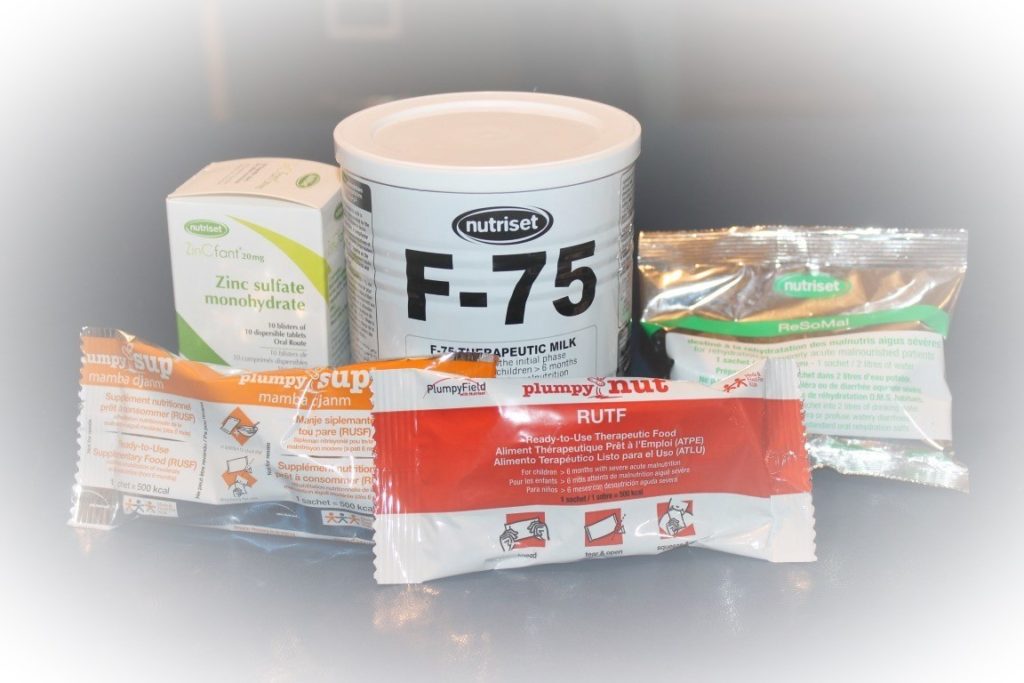
Comment(1)
Susan says
October 7, 2021 at 6:22 pmThank you for sharing this. It is difficult to know how families live in countries with completely different economic conditions than the US. I often read of parents that travel HOURS, often by foot, to get their children help. This is love. This is sacrifice. This is their reality. Knowing more makes my heart hurt more and at the same time, love more.